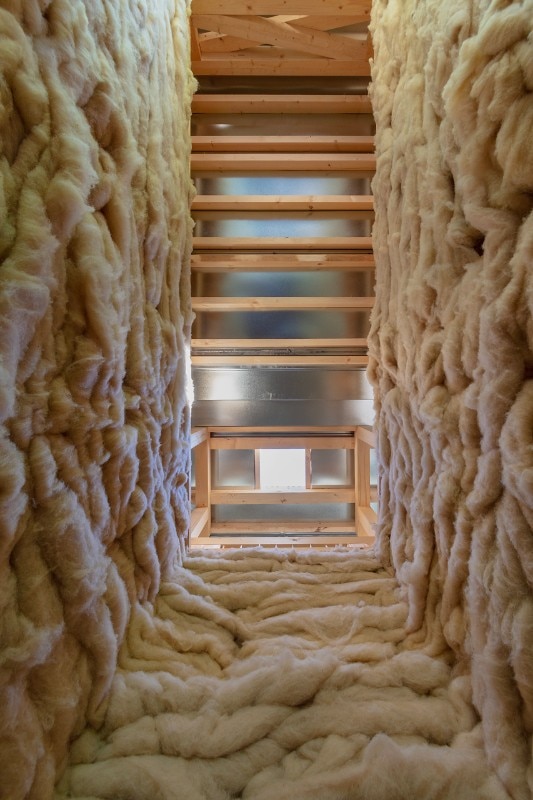Cabin Fever is the title of the ninth edition of the Hello Wood festival, which this year brought together approximately 150 participants from 35 countries to construct 7 wooden cabins in the Hungarian countryside in the Lake Balaton area. However, the aim of the Hello Wood collective is much more ambitious: to cultivate a new model of society, inspired by the utopias of the 1970s. This is clear on reading their manifesto, which exclaims: “Pay attention! To yourself, to your environment, and to the people who surround you. Observation must be a participatory, formative presence, so that you can once again become a part of what is being observed. (...) Build your house, build your community, and, thus, build yourself!”

 View gallery
View gallery
















































































Every summer, Hello Wood sets up a community where, for ten days, students not only take part in constructing the area, but also in a much wider-ranging discussion on new dimensions of living and forms of aggregation. Those participating in the workshop often return year after year, volunteering in all of the supplementary aspects which are, in any case, an integral part of the experience: Cooking, entertainment, music, organisation and maintenance are as important as the construction process. At the festival, there is no difference between work and free-time.

The aim in the Hungarian countryside is to try and discover the origin of the meaning of construction. In an era in which architects are ever more detached from that which they design, we have lost control of the instruments available to us. Worse than this, the objects that we design now control us, they industrialise our imagination and standardise our dreams. We are reminded of the words of the Austrian philosopher Ivan Illich: “People will rediscover the value of joyful sobriety and liberating austerity only if they relearn to depend on each other rather than on energy slaves.” Seeing the formal results of the workshops, we can say that the “wooden cabin” is not a defined type, but rather a (fairly) simply structure to construct in a limited period of time with basic instruments. The first “wooden cabin” is The Primitive Hut, conceived by Marc-Antoine Laugier and painted by Charles Eisen in 1775, which examined the relationship between humankind and the natural environment as a fundamental basis for the creation of architecture.

 View gallery
View gallery
The structures produced add a new layer to those from previous years, which instead provide accommodation for the participants of the workshop. Every year the site is enriched by new roles which modify the hierarchy of the master plan and the focal points of the area. What form could the “farm” have in ten years’ time? A contemporary and self-sufficient ecovillage in which digital nomads form all over the world can work 365 days a year, digitally hyperconnected but also once again connected to the surrounding environment. There is however no sense in imagining or planning the future of the Hello Wood Festival: the only possibility is to take part in order to lend form to a utopia which is built with wood and nails.









































